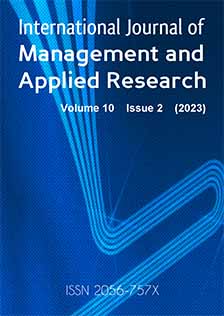Design Thinking in Education: Adding Collaboration, Uncertainty, Phronesis and Fairydust to Curriculum Design
Design Thinking in Education: Adding Collaboration, Uncertainty, Phronesis and Fairydust to Curriculum Design
Author(s): Sandra Sinfield, Tom Burns, Sandra AbegglenSubject(s): Education, Adult Education, Higher Education , Educational Psychology, Sociology of Education, Pedagogy
Published by: New Millennium Discoveries Ltd
Keywords: Collaboration; Human-Centred Design; Curriculum Design; Design Thinking; Practice-Based Research; Creativity; Active and Participatory learning;
Summary/Abstract: We exist in an age of supercomplexity with policy and strategies both impacting and restricting creative curriculum development and participatory classroom practices particularly in Higher Education (HE). As academic developers who have also taught undergraduate programmes we inhabit liminal space - both enacting and subject to policy - both professing and subverting practice. In this paper we outline how we have engaged in human centred curriculum design ourselves. Typically curriculum evaluation and development processes are presented to our staff-as-students as something far removed from design thinking (DT). Curriculum design emphasises thorough thinking, it is slow-paced, and continuously evaluated. DT requires trust and collaboration, open sharing of diverse and often contradicting ideas, rapid prototyping - a non-judgemental space that will help ideas develop and grow, playing with initiatives that might not work. DT encourages experimentation. We used a collaborative Practice-Based Research (PBR) approach to explore our processes to reveal how DT can be a valuable part of a more fast-paced, urgent, creative and human centred curriculum design.
Journal: International Journal of Management and Applied Research
- Issue Year: 10/2023
- Issue No: 2
- Page Range: 263-269
- Page Count: 7
- Language: English

